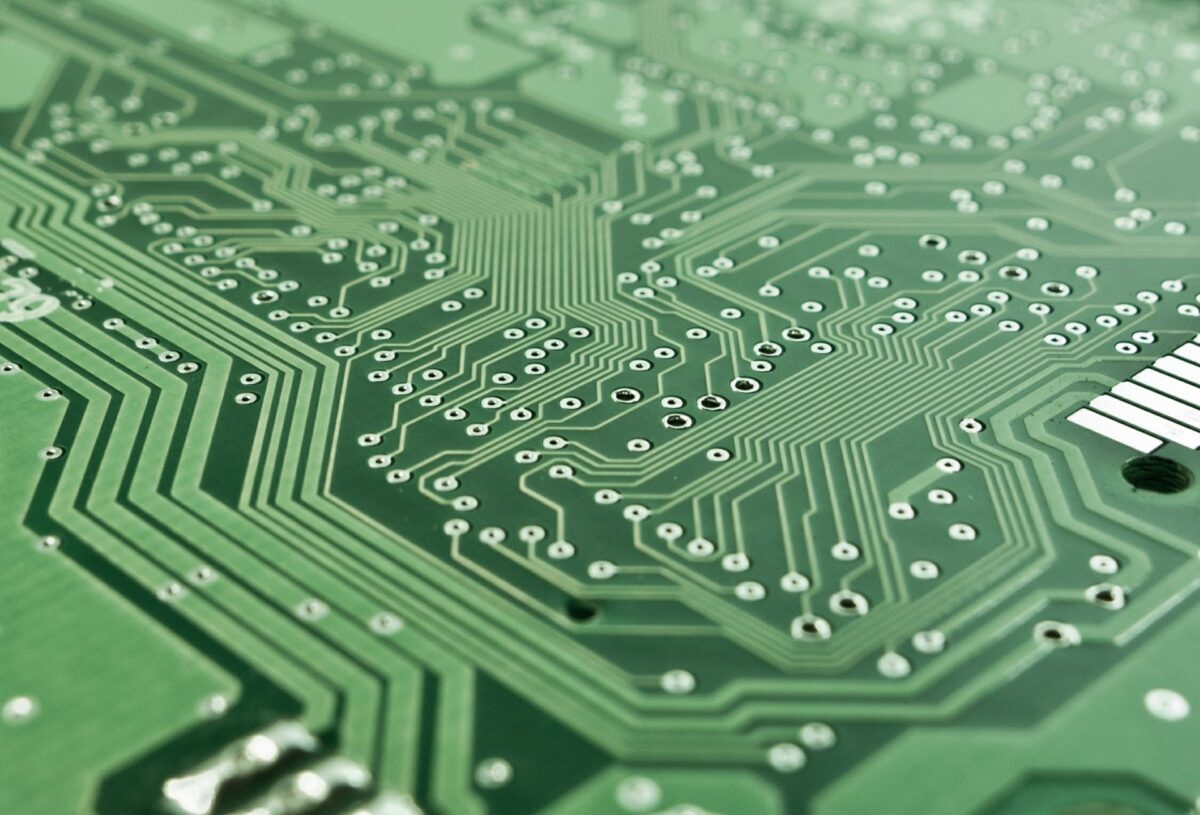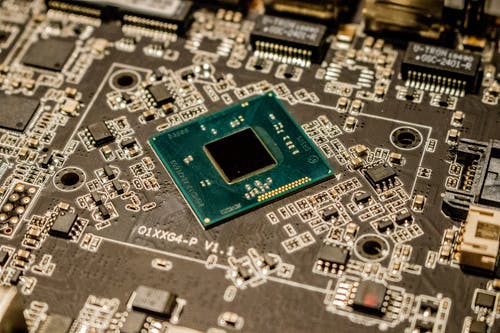Price hikes in the electronics industry
More price increases announced
Chip prices will continue to increase, despite some component lead times improving. This is due to inflation, labour shortages, and scarcity of raw materials, among other things.
Intel was the latest company to announce price increases, which it will supposedly introduce at the end of this year. It joins firms including TSMC, Samsung, and Texas Instruments in raising the cost of its products.
As has become very clear, the pandemic contributed to supply shortages the world over. However, there have also been issues with labour shortages, material sourcing and the increasing costs of everything.
Reverse psychology?
Processors are increasing in price at Intel and other companies. It has been suggested that this actually may be due to oversupply. If the cost of the components is increased vendors are more likely to buy the stock before it occurs. As they stock up, Intel’s supply levels will decrease. This may lead to shortages in the long-term.
These increases are due to be introduced at the end of 2022, but people are suspicious it may happen sooner. If prices are instead increased in autumn, they can be discounted for events like Black Friday and Christmas.
War and price
Inflation is causing the price of materials to increase also, which inevitably would be passed down the supply chain. The price of raw materials was always going to increase over time, but the conflict in Ukraine has exacerbated this. Gases like neon, which is used in semiconductor production, is almost wholly (70%) sourced by Ukraine. Similarly, 40% of krypton gas is also from Ukraine, which is in conflict with Russia.
Aside from these materials, the price of lithium, cobalt and nickel, used for EV batteries, is also rising. The EV industry already had price hikes when the pandemic began, when the chip shortage took its toll. Now, following the 15% increase in 2021, automakers are facing another potential price increase.
Expansion
One of the largest players in the industry, TSMC, announced its price increases would take place in 2023. Despite not being as severe as first speculated, the 6% price increase will be enough that customers will notice.
Aside from the cost of raw materials, electricity and labour expenses, TSMC is also expanding. To fund this expansion it is increasing the price of fabrication.
Could we have stopped it?
Years before the pandemic, as far back as 2017, there were signs that a shortage was on its way. New technologies were mounting and other geopolitical difficulties were afoot. Even then, the best way to avoid this would have been to redesign the tech and improve the fabrication process. This would have been a time-consuming and expensive process, and whenever it happened it would result in delays and losses.
Conclusion
The amalgamation of all these factors will lead to lasting price increases for electronic components. Even if these prices are discounted in peak times like Black Friday or Christmas, suppliers will still have to deal with inflation and material shortages.
The expansion plans of some of the industry’s big players, and the cost of the tech to sustain them will also lead to price increases. How long the effects of these will last, we’ll have to wait and see.



